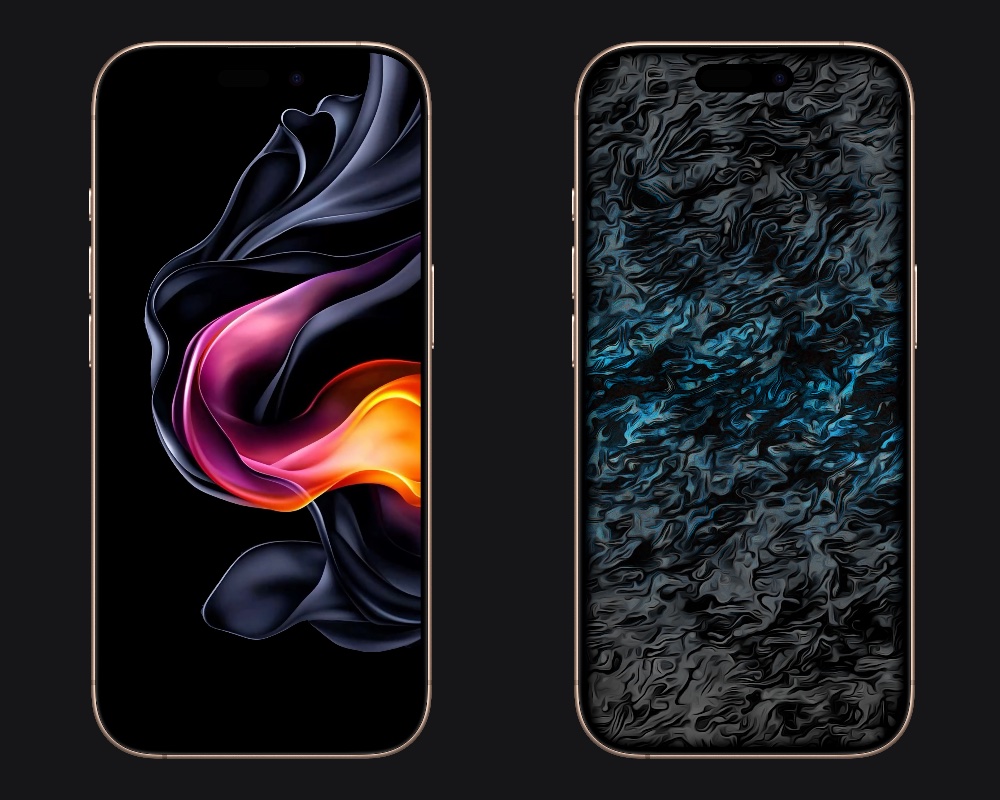IN Anemone (2025), the feature debut of Ronan Day-Lewis and the return to acting of Daniel Day-Lewis, the past presents a twisted and dangerous scenario. This is despite the fact that it is an intimate story about an absent father and the wounds that decision leaves. But the story, which director and actor write together, explores Ireland not as a setting but as a collective wound in the midst of a broken family. It’s a plot twist that allows the two-time Oscar winner to explore a complex character from an unusual perspective. This is a person seeking to forgive himself.
The film, which took five years to shoot, stands on the shoulders of Daniel Day-Lewis after an absence of eight years. His son makes his directorial debut with the project, and the two craft a script that, despite its flaws, is a philosophical meditation on historical wounds. Especially those that marked a significant portion of the Irish after years of armed conflict and what happened after the violence ended. For this The story avoids any epic point of view and concentrates on everyday and intimate situations.
Jem (Sean Bean), tired of taking the blame, goes in search of his brother Ray (Daniel Day-Lewis). This is a hermit with whom he has had almost no contact for many years. His ten-year absence has left his son Brian (Samuel Bottomley) facing an adolescence marked by inherited violence. His classmates punish him, reminding him that his real father was a dangerous man. This tension between the biographical and the historical defines the essence Anemone. But remember also that, like a drama that focuses on the little things, Everything happens between silence and metaphors about loneliness, pain and loss.
An Honest Look at Suffering in Anemone
So, from the first scenes Anemone It adopts an introspective and slow pace. He doesn’t look for immediate impact or plot surprise, but rather emotional exploration through silence. Dialogue is sparse, gestures are minimal but revealing. What allows his actors have the opportunity to show the complex inner world of their heroes.
At its core, Jem’s journey is a metaphor for the inability to fix what violence broke. Communication, empathy and the very concept of family. More than a story of reunions Anemone is an exploration of how trauma can be passed on as an invisible legacy, a thread that connects generations without anyone knowing how to cut it. So Sean Bean delves into the nature of longing, fear of the future and hopelessness.

But of course, Daniel Day-Lewis surprises again, understanding the sullen, tormented and bitter Roy as a wounded creature. The plot honestly depicts the emotional fallout from the conflict that still pulsates beneath the surface of Ireland. Ray, a former soldier trapped in the forest, lives isolated in an environment that reflects his mind: thick, damp, full of shadows. Jem arrives with the naive hope of rescuing him, only to meet a man who has disconnected from the world and is trapped in his own silence. The tension between them rises but does not explode, maintained by the discomfort of what is not said. Family resentments float between them, as palpable as the fog that surrounds them.
Pain and beauty in one cinematic setting

Anemone It’s actually a very rare reflection on generational trauma and how difficult it is to deal with. And all this to show that family pain comes directly from the deceased father and grandfather. A cruel and cruel man whose shadow spoils the future. His violence, dominance and absence repeat in an endless cycle. Ray carries his influence like a curse, and Brian, a young man who tries to separate himself from this line, becomes the last link in a cycle that cannot be broken. Ronan Day-Lewis avoids moral judgment; Instead of pointing fingers, look at the consequences. The film becomes an exploration of how the memory of violence and abandonment is repeated in everyday gestures, in the way a person looks or remains silent.
Daniel Day-Lewis’s return to film after several years of retirement brings a certain magnetism to the project. His interpretation of Ray is an exercise in expressive economy: every glance or breath seems to contain a universe of repressed emotions. Opposite him, Sean Bean portrays the reserved Jem, who masks despair under apparent calm. The chemistry between them maintains the film’s tension, an emotional thread that vibrates without breaking.

The direction is focused on contemplation. Ronan Day-Lewis uses Ben Fordesman’s photography to create a painterly atmosphere where each frame seems crafted like a canvas. Rural landscapes, gray tones and green reflections are intertwined with the emotional texture of the story. Nature, omnipresent, acts as a mirror of human emotions: the forest breathes, observes, accompanies. Sometimes the visual experience seems more complete and better told than the one developed by the characters. But despite this, the film stands out for its emotional honesty. Ronan Day-Lewis shows that his vision goes beyond honoring his father; look for a cinema of self-analysis, visible wounds and silences that hurt more than any words.
Source: Hiper Textual












